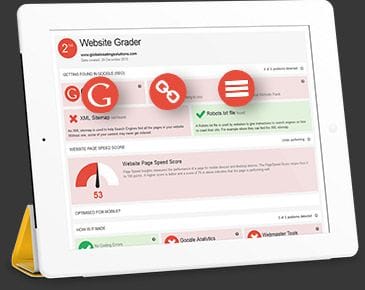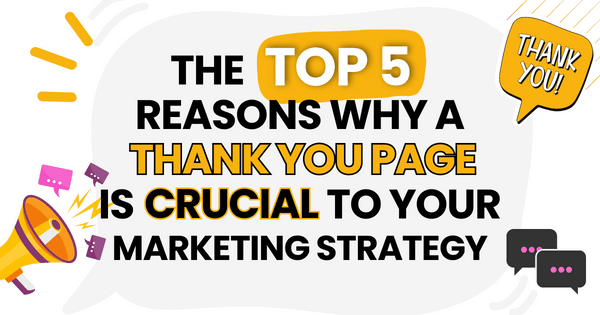3 Ways Consumer Psychology Can Drive Conversions
)
Once derided as pseudoscience, consumer psychology has become a cornerstone of marketing theory and it's important to understand how to use psychological principles to influence online consumer behaviour.
That doesn't mean you need a psychology degree or to hop on a therapists' couch yourself. There are many simple consumer psychology theories that you can integrate into your website in order to drive conversions.
1. The KISS Method
While you might not have heard of "The Law of Prägnanz," chances are one of your grade school teachers taught you the KISS method: "Keep It Simple Stupid."
Translating to "The Law of Pithiness," this Gestaltian psychological principle simply means that people are attracted to simplicity and straightforwardness. We're naturally suspicious of complexity, disorder and ambiguity and seek to simplify or ignore them altogether.
How does this apply to online customer behavior? While you may want to load your website up with bullet points and CTAs to shock and awe consumers into converting, this approach might cause more harm than good.
For instance, the popular computer game The Sims 3 was able to increase conversions on their website by a whopping 128% by actually reducing the calls to action on their game launcher.
While they offered a number of benefits to players who registered their game, by focusing their messaging on just one specific benefit instead of several at the same time, people felt like they understood what was being offered better and were less overwhelmed. When faced with a website they find visually or informationally overwhelming, most people will click away and look for a simpler alternative.
2. Stick with What People Know
People appreciate familiarity. Our earliest years were defined by trial and error, so we like to stick with what works, rather than try something that might not. While people can get over the hold of past experiences, it's best not to surprise them when they're expecting something familiar.
For instance, when computer parts manufacturer AMD wanted to increase social sharing on their website, they used A/B testing to try out difference placements and positions for their share bar. While their original sharing icons were located at the bottom of the page, what they found was that higher up icons performed better. The eventual winner was a vertical sidebar placed at the middle of the left side of the screen with large icons. This configuration increased social shares 36 times over the original version.
What this shows about online customer behavior is that if people don't see something where they expect to find it, they won't go out of their way to search for it. Most websites place social icons near the top of the page, so this is where most people first look when they decide they want to share a cool article they found.
3. Cost/Benefit Analysis and Online Customer Behaviour
Cost/benefit analysis is the cornerstone of business. "Is the potential gain from this action worth my time and resources?" However, when you apply the principles of CBA to online consumer behavior, what you'll find is that people won't go that far out of their way to sign up for your newsletter. A person's free time is valuable, and if they feel your conversion funnel is too long, they'll climb right out of it.
For instance, shopping cart abandonment is a big issue for many online retailers. To combat this problem, the 2010 Vancouver Olympics tried out two different checkout processes: a one-page checkout vs. a two-page checkout. Ultimately, the one-page version out-performed the two-pager by over 21 per cent, despite requiring all the same information.
Psychologically, that "next page" button was just more trouble than customers were willing to bother with to complete their purchase. The key message to take away here is that you need to make it as simple and easy as possible for customers to convert. Think about your own internet habits and whether you would go through a multi-stage process to achieve the conversion you're aiming for.
Keep your website simple, clear, and easy to navigate with Bloomtools' suite of modular and flexible web applications. Highly scalable and search engine friendly, our web tools will streamline your website with a focus on driving conversions.
) Author:Boaz Willinger
Author:Boaz Willinger| Tags:Website PerformanceCustomer EngagementWeb DevelopmentBranding |




)
)
)
